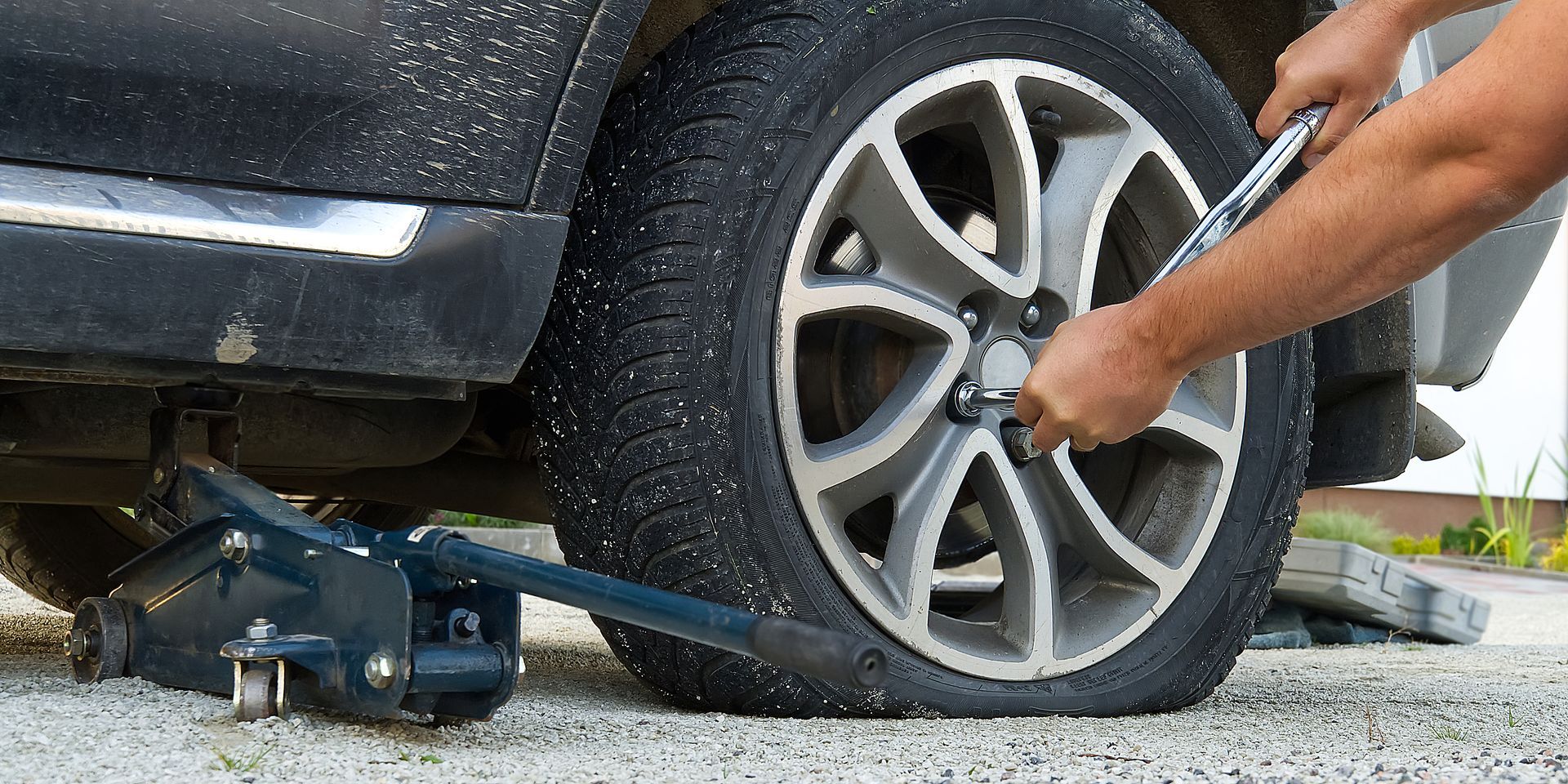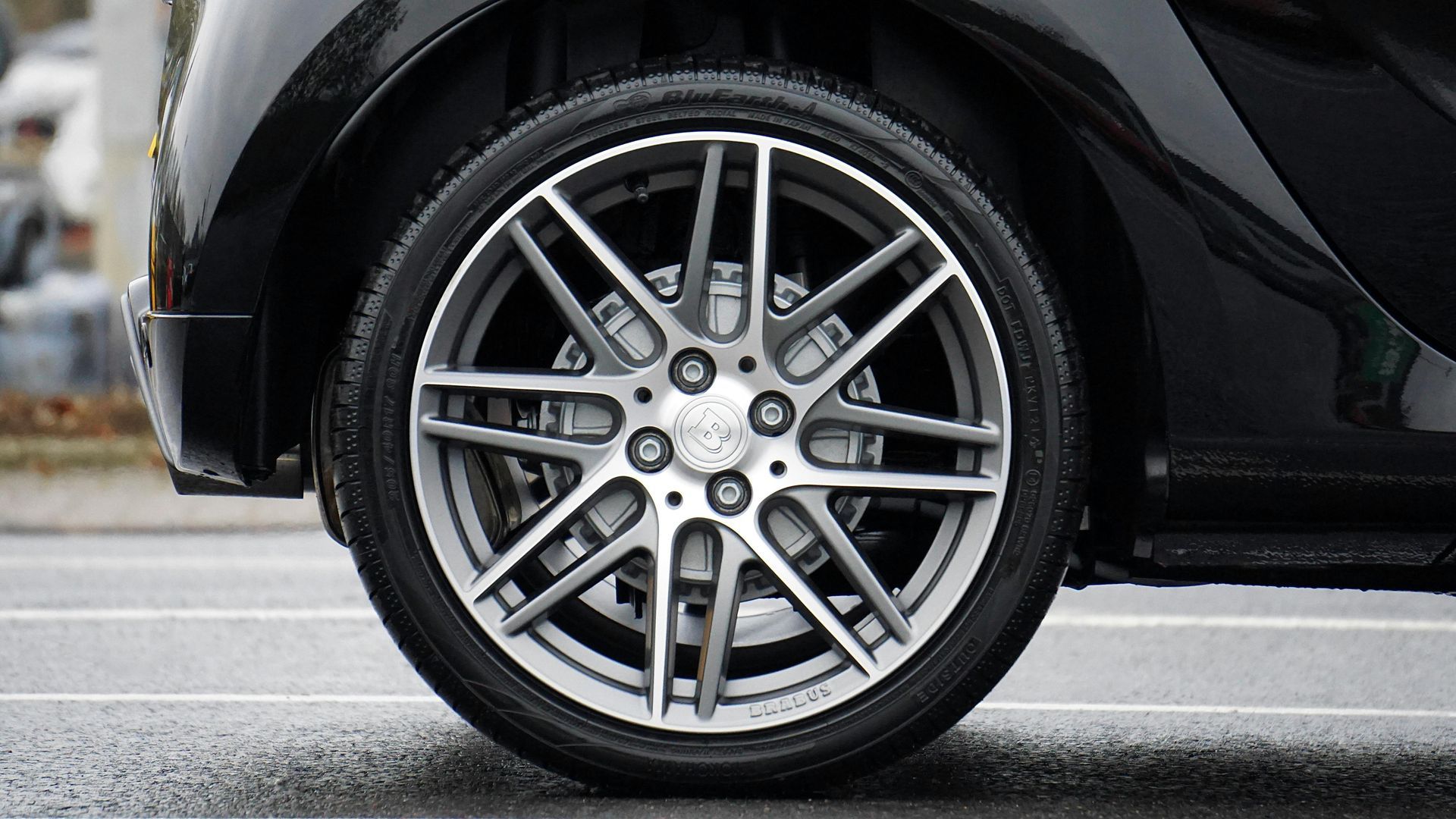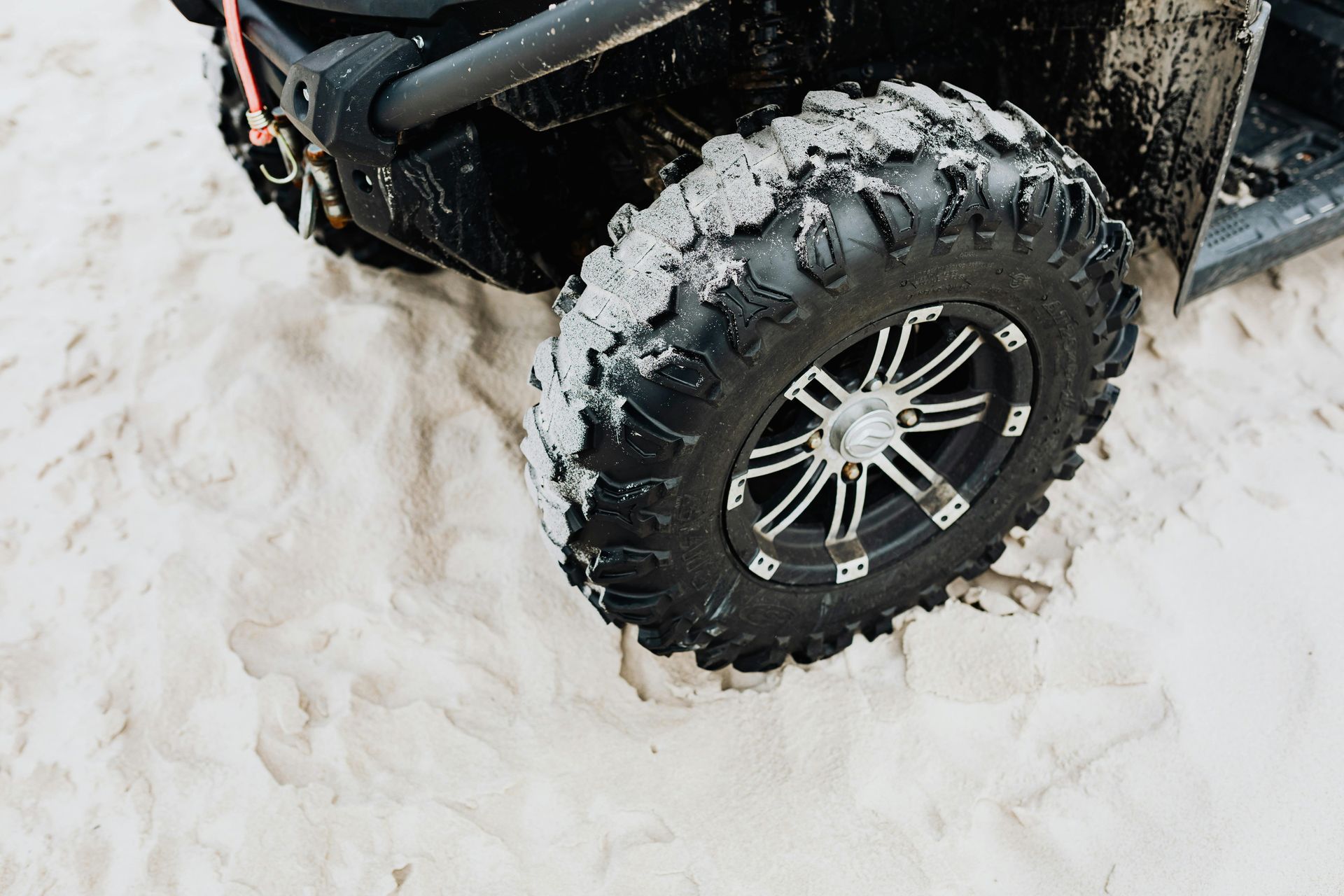Nearly 60% of U.S. drivers have faced a flat tire at least once. Tires connect the vehicle to the road, making motion possible. When a tire gets punctured, it leads to costly and inconvenient repairs. Patching is a common repair method. It seals a flat or punctured tire with a patch. This involves applying a special glue (vulcanizing cement) to attach the patch securely. If done right, a patched tire can be safe, reliable, and last for the rest of its life. The time it can be driven again depends on the quality of the patch, how many patches it already has, and speed limits. Repair experts highlight that a professional repair job, like what LugWrench Heroes Mobile Tire Shop offers, is key. It ensures your tire is as good as new, keeping you safe and prolonging the tire's life.
Key Takeaways
- Tires are vital for vehicle movement, acting as a critical link to the road.
- Punctured tires are a frequent issue that can be inconvenient and costly.
- Tire patching involves sealing a puncture with a patch and vulcanizing cement.
- Properly patched tires can last for the remaining lifespan of the tire if the repair is correctly executed within the tread area.
- The quality of the patch, prior repairs, and speed limits affect the driving distance on repaired tires.
- Professional repair services like LugWrench Heroes Mobile Tire Shop are essential for ensuring the durability and safety of repaired tires.
Understanding Tire Repair Methods
Dealing with a flat tire means knowing your options. You can either patch the tire or plug it. Both ways have their upsides, and which you choose depends on the situation.
What Is Tire Patching?
Patching a tire means fixing it from the inside. A special patch and cement are used where the tire's been punctured. This method needs the tire to be taken off for repair. It’s great for big holes and not for damage on the side of the tire. Patching is strong and lasts long, making it reliable.
What Is Tire Plugging?
Plugging a tire is done from the outside. A rubber plug goes into the hole, blocking air from escaping. It's fast and works best on simple, small punctures. Plugging is seen as a quick fix because it's easy and doesn't take much time.
Comparing Patching and Plugging
When choosing between patching and plugging, think about the damage. Patching is better for serious issues and off-road driving. Plugging works well for small problems, but it might not hold up as long under tough conditions. Knowing when to patch or plug helps your tire be safe and perform well.
Is It Safe to Drive on a Patched or Plugged Tire?
When you think about driving on a fixed tire, safety is key. A tire that's properly fixed, especially with a patch, is usually safe to use. But, this safety depends on how well it was fixed.
Safety Concerns and Risks
Many things affect how safe a fixed tire is. This includes how well it was fixed and if the repair follows set standards. A tire fixed well can be as safe as a new one. But, a bad fix can lead to a dangerous blowout. Shop at trustworthy places, like LugWrench Heroes Mobile Tire Shop , to lower such risks.
Impact on Vehicle Handling
After fixing a tire, how the vehicle drives may change. Plugging a tire can make the steering feel off because it affects the tire's balance. A carefully applied patch, however, keeps the car driving smoothly. The quality of the fix is linked to how long the tire will work well. This shows why expert help is crucial for fixing tires properly.
How long can you drive on a repaired tire?
The time you can drive on a fixed tire depends on many things. This includes how it was fixed, how many times it's been fixed, and the kind of damage. People who make cars and experts usually say it's not great to fix a tire a lot or to fix the same spot twice. If the repair was done right, using either patching or plugging, the tire can be safe to use fully.
It's smart to be careful though. Checking your tire often and driving wisely can make the fix last longer. Making sure your repaired tire is in good shape with regular check-ups is important. A well-repaired tire, like those fixed by LugWrench Heroes Mobile Tire Shop , might be as good as new for a while.
Also, knowing how far a fixed tire can go helps you choose the best option. There isn't a set time for how long a fixed tire will last. But, keeping up with maintenance and letting pros check your tire can give you a better idea. Always go to a skilled repair person who knows how to keep your tire working well.
Factors Affecting the Lifespan of a Repaired Tire
The time a repaired tire lasts depends on many things. Some of these can make the tire last longer, while others can make it wear out faster. It's important to know these factors to keep the tire safe and strong.
Type of Repair
The kind of repair matters a lot. For big holes or those near the sides, patching usually lasts longer than just plugging. How it's fixed affects how long the repair will hold up.
Driving Conditions
Where you drive your car affects a repaired tire's life. Hot or cold weather, bumpy roads, and fast driving can wear down the repair faster. Be cautious about your driving if your tire has been fixed.
Location of the Repair
Where the tire was punctured also makes a difference. Holes in the middle of the tire can be fixed to last longer than those close to the edge. Experts who repair tires, like LugWrench Heroes Mobile Tire Shop , know how to do it best for longer-lasting fixes.
Tips for Maximizing Repaired Tire Lifespan
To make a tire repair last, there are key steps to take. Drivers can make their tires last longer by following certain advice. This helps not just the tire, but also keeps them safe on the road.
Regular Tire Maintenance
It's important to regularly check your tires. Look for any wear, cuts, or other damage. Doing this often and keeping the tread depth in check can make your tire last longer.
Proper Tire Inflation
Keeping the right air pressure in your tires is a must. If a tire is too full or not full enough, it can wear funny. Always use the air pressure level your car manual suggests to keep your tire in good shape.
Avoiding Rough Terrains
Tires that have been repaired can struggle on rough roads. It's best to avoid them to protect your repair. Sometimes, you can't avoid rough roads. In those cases, drive slowly and carefully to lessen the impact on your tire.
By caring for repaired tires well, you can use them for longer. Regular checks and the right air pressure are key. Getting advice from pros like those at LugWrench Heroes Mobile Tire Shop can also help.
When to Replace a Repaired Tire
Knowing when to change a repaired tire keeps your vehicle safe and running well. Look out for how your car handles, if the tire looks worn, or if it keeps losing air. If you've fixed your tire two or three times already, think twice about another repair. Big punctures or ones outside the tire's tread usually need a new tire.
It's crucial to follow the advice on when to get a new tire. Have a tire pro check things over to see if you need a new one. Experts at places like LugWrench Heroes Mobile Tire Shop have a strict process to check your tires right. They make sure any new tire keeps your car as safe as it should be.
Always talk to a tire expert when you're not sure. They can give you the best advice on what to do with your repaired tire. This way, you can make sure you're making the safest choice for driving your car.
Professional vs. DIY Tire Repairs
Getting your tires fixed by a pro rather than doing it yourself can make a big difference.
Benefits of Professional Repairs
Professional tire fixes mean experts work on your tires. They use top-notch stuff and special tools. This helps ensure each fix is done right, making your car safer.
By getting a professional check, they find all the potential problems. This helps keep your tires in top shape for longer.
Common DIY Mistakes
Trying to fix tires on your own often leads to mistakes. Inserting the plug wrong is a big one. If it doesn't seal properly, your tire is still at risk.
Another mistake is not cleaning the tire enough. This can make the patch not stick well. Also, not following the recommended repair rules can cause your fix to fail early. This is why professional repair is the safer and smarter choice.
Conclusion
Driving on a properly repaired tire is both feasible and safe for long periods. It should have been fixed carefully and well. How long it lasts depends on many factors, like which repair method was used and how well it was done. The type of tire repair, where the puncture was, and the repair's quality are key factors.
Regular tire checks are very important. Looking at your tires often, keeping them at the right pressure, and avoiding rough roads helps your tire repairs last longer. At LugWrench Heroes Mobile Tire Shop , they make sure to do repairs the right way. This not only makes it safer but also increases how long the tire will be good for.
Knowing about tire repairs and when they are not working anymore keeps you safe. Looking for help from skilled experts ensures your repaired tire is still safe. This makes you confident in your tires, both for everyday driving and long trips.














